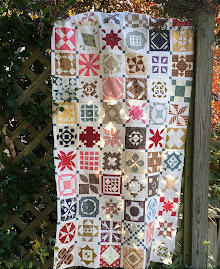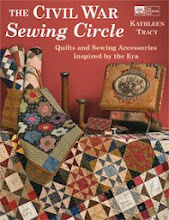I love cute little scissors. I have a few pairs of "good" ones that are excellent but they're also kind of plain and boring. My favorite scissors are always the pretty ones that I like to use in display photos. I use them when I sew too but I really think a cute pair of scissors adds a sweet little touch to a photo. And using pretty scissors always makes me smile as I'm hand quilting.
Collecting different kinds of novelty scissors is fun. Lately, it's become one of my favorite go-to Christmas or birthday gift items. "What do you want, Mom?" Me: "Just go to Etsy and buy me some pretty scissors, please." So, yes, Etsy has a ton of cute scissors. I'm often surprised. I've seen some cute ones on eBay and Amazon too. Mostly decorative and not very expensive. Cute to look at and use.

The little heart scissors are made by Kelmscott Designs (The Love Scissors, I believe). I found them on Etsy. Other shops may carry them as well. I have a 3.75" pair and then a couple of years ago my daughter bought me that tiny pair. So that makes 2 heart scissors . . . . a good start to a little collection.
It's just plain fun to use different scissors every now and then.

These particular scissors went missing awhile ago. I couldn't remember the last time I used them. Or even saw them. Where the heck did I put them?? I checked and they made an appearance in an Instagram photo sometime in 2019 LOL. Hadn't seen them since. I simply forgot where I put them. (Imagine a quilter doing that, haha.) So, for a few weeks I was obsessed with finding them. Looked in every nook and cranny in my sewing room, in storage cabinets, under the sofa cushions, even behind the sofa (in case I got frustrated while hand quilting and threw them). I looked Everywhere in the house. Every day. Asked my husband if he happened to see a little black box with a pair of fancy scissors inside. I asked him Several times. Did he happen to throw the box away by mistake?? He gave me that look.
Then, for some strange reason, one day I thought of asking him to remove a heavy desk drawer and look behind it. Voila! The box with the cute little scissors inside had fallen and then became wedged behind the drawer. Glad that's been resolved but now I have to find another special place to store them so I don't lose them again. You know how that goes. I have to hide them so no one else uses them. You'd think a drawer would be a safe place, LOL. Also, if I remember correctly (!), I was on a scissors kick around then and bought another pair of fancy scissors and now I can't seem to find those either . . . Oh well. (No, they're not behind the drawer. I already checked.)

Anyone seen these??


I bring out a different pair every few weeks or so and keep them on my sewing table. Then, if I have something to show in a photo, I'll admit I like to strategically place my pretty scissors in the picture. Adds a cute little focal point. Looks like I could use a few more pairs. . . . Just for the pictures, of course . . . .
Despite all the pretty scissors, my absolute Favorite practical scissors are the ones with a serrated edge. My blue and green scissors you see here are by Karen Kay Buckley - called Perfect Scissors - and they have a micro-serrated edge. The purple ones are made by KAI. They are just what the name says - PERFECT in every way. They're especially terrific to use for applique.

.jpeg)











































.JPG)

























